Overcoming Cultural Boundaries With Chef Marybeth Boller
Exclusive Interview With Former Ambassador Kennedy's Executive Chef
When Marybeth Boller was appointed an executive chef and director of events for former American Ambassador Caroline Kennedy in 2013, she never imagined that she would fall in love with the country — to the extent that she would decide to stay even after her term was over. But five years later she is still here making the most of her Tokyo journey. Read on to find out how and why she chose to remain in Japan.
A passion for food has led to positions in top restaurants around the world for American Marybeth Boller, as well as to her own catering business. When Caroline Kennedy became the American Ambassador to Japan in 2013 she invited Boller to come over and run the embassy kitchens and plan events. The Ambassador’s term finished last year but the chef chose to stay in Japan, feeling there was much more for her to experience here.
Savvy Tokyo catches up with Boller to hear more about her career and how she believes food overcomes cultural barriers.
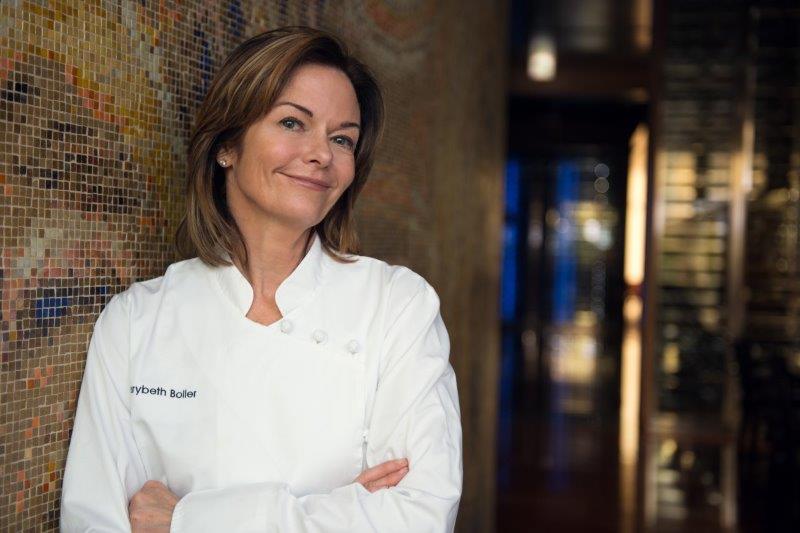
Chef Marybeth Boller
Could you start by telling us a little about your background and what inspired you to begin a culinary career?
I was born and raised in New York City, the youngest of seven children. My mother was more than happy to have help in the kitchen, and I loved helping my godmother when she experimented with international recipes. I was also fortunate enough to be exposed to many classic, wonderful NY restaurants at an early age. My family was always very supportive. I’m the only person in my family who is in the culinary field.
You worked in top restaurants, including three-star Michelin establishments in England and France, while still in your early 20s. How did you cope with this experience at such a young age and how did it shape you?
Amazing experiences, very demanding and difficult, but I was up for the challenge. You either made it or you didn’t, particularly at Le Gavroche in London. I pushed myself and it made me stronger on multiple levels. I was the only female at L’Auberge de L‘Ill in France and one of three at Le Gavroche. That added another interesting layer.
The love and deep appreciation of food [in Japan] is unique.
What led to the opportunity to work for Caroline Kennedy when she became the US Ambassador to Japan?
Ambassador Kennedy and the Schlossberg family have been clients of mine for over 16 years. After she was nominated, we discussed the possibility of me applying for the position, but didn’t firm up the plans until several months after she settled into her role. I’m very close to the family—I even returned to the States last summer to assist with a family wedding.

Food for the eyes: A few of the many mouth-watering dishes Boller has produced during her position an executive chef at the US Embassy in Tokyo.
What led to the decision to stay on after Ambassador Kennedy’s term in Tokyo was over?
The work at the embassy was great, and allowed me to meet some wonderful people and gain a terrific experience. After spending more than two years working at the embassy, I came to realize that there was much more left to experience and learn here in Japan. The love and deep appreciation of food here is unique. I want to be a part of it. I am drawn to the simplicity and the use of local products at their peak.
How have you gone about learning to use Japanese ingredients, and how do you overcome challenges such as the language barrier?
I’ve been taking Japanese lessons on and off for the past few years. When I was working at the embassy, the demands of the job made it difficult to concentrate on my lessons. Since then, I’ve had more concentrated periods of lessons. I can understand some basics and improvise on the rest. I’m continuing with my language studies. Working with food is more about the senses than talking. Luckily, it hasn’t been an issue for me.
Working with food is more about the senses than talking.
You’re involved with a variety of ventures in Japan. Can you tell us about some of your current projects?
Firstly, I’m partnering with the Tokyo American Club (TAC). I create my menus and food within the TAC kitchen facility. We are doing in-house events as well as off-site corporate and private events, both for members and non-members.
I’m also collaborating with the Great American Food Group, which is a company dedicated to promoting US products. I’m currently working closely with the California Olive Oil Council on promotional work to increase Japanese distribution of several superior quality oils.
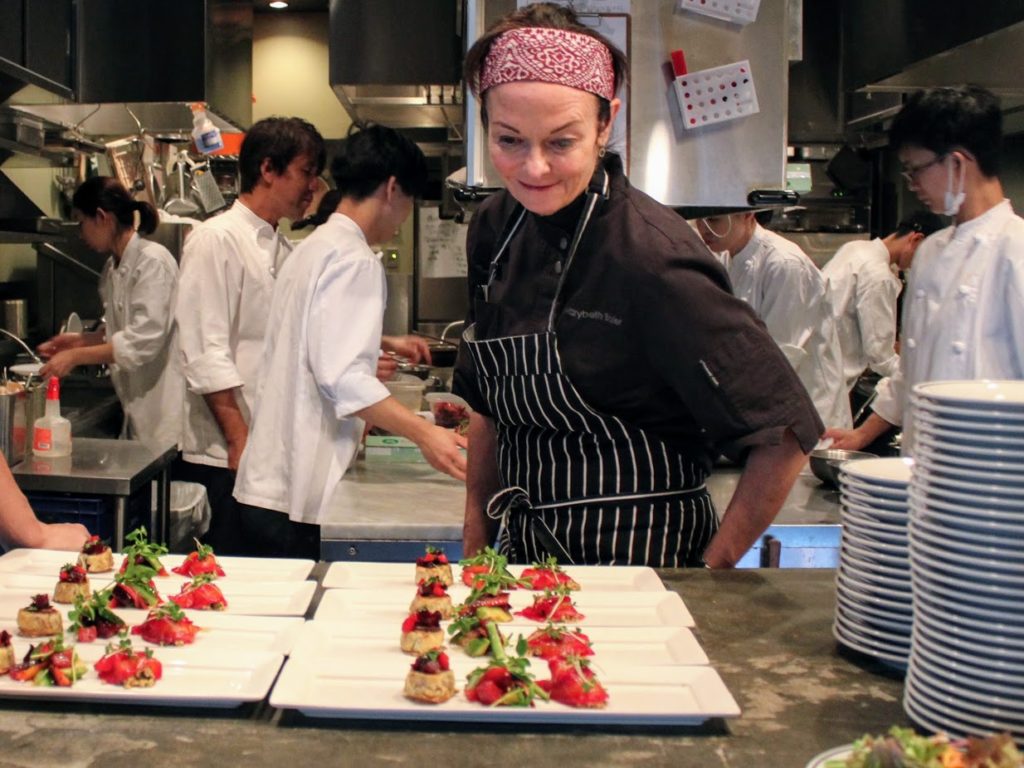
Boller at a recent cooking event in Tokyo.
And then there is the Awaji Youth Federation project with Pasona, Inc. I just spent three months living on Awaji Island in the Seto Inland Sea, working with Pasona. The focus of the project is revitalization of the island. The project started last December with a group of international fellows. Each has different areas of concentration, but all are moving towards the shared goal of island revitalization. I cook for this group and help coordinate events focusing on local products.
One of your signature styles is taking Japanese ingredients and marrying them with Western cuisine for a fresh twist. What are some surprising combinations you’ve come up with?
I’m always surprised that my combinations seem to surprise others! I don’t set out to surprise anyone with my combinations, although that is sometimes the reaction. As I mentioned, I’ve studied or worked in kitchens in various countries, and my cooking has ranged from very traditional French to American “farm to table” cuisine. When I create a dish, I don’t really think within the box or use strictly traditional flavor pairings. I go with what tastes good rather than tradition. Since I’ve been based in Japan, I’ve been able to travel to see many farms and meet producers of traditional food. One of my favorite trips was to Korea to cook with a female monk at a temple. She is amazing. Her food is simple and beautiful.
I use dashi soy and soy for many things; for example, dashi soy, white balsamic vinegar and California olive oil is my favorite vinaigrette now. I use aged soy sauce with my caramel ice cream. It produces an interesting salted caramel effect.
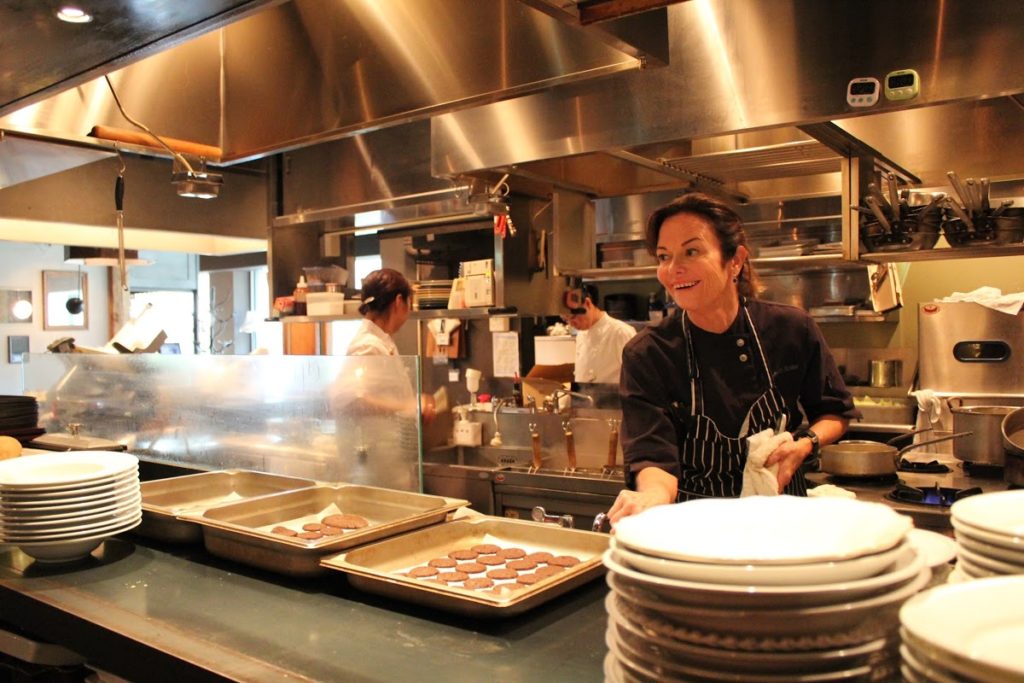
Boller cooking for a large audience at a recent event at Coredo Muromachi in Nihonbashi, Tokyo.
What are the differences between working in the restaurant and catering industry in Japan and the USA?
I find restaurants somewhat similar to the US, but thus far my experience in restaurants here is limited. As for catering, I think that one of the big differences is that in the U.S., there is much more off-premises event work. For example, parties and events at private homes, offices, and event spaces, as opposed to just at restaurants. That is one of the reasons that I’m excited about my collaboration with TAC—we hope to increase the number of off-premises catering here in Tokyo.
What trends are you seeing in the Tokyo restaurant and catering scene?
I’m seeing the interest in farm-to-table and organic grow quite a bit — local, traceable food that is relatively healthy. I’ve also seen more upscale and good quality fast food options — Crisp Salad Works, freshly prepared tacos and burritos, gourmet donuts, cupcakes, etc.
Where do you see yourself in a year’s time?
I absolutely love what I do and I love Japan! The goal is to keep getting involved with interesting local projects in order to keep learning and growing.
Got a question or comment for Chef Boller? Leave us a comment or contact us at editorial@gplusmedia.com












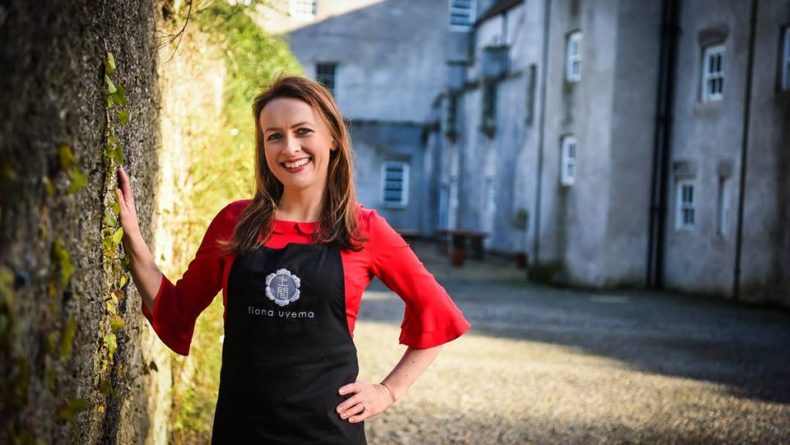
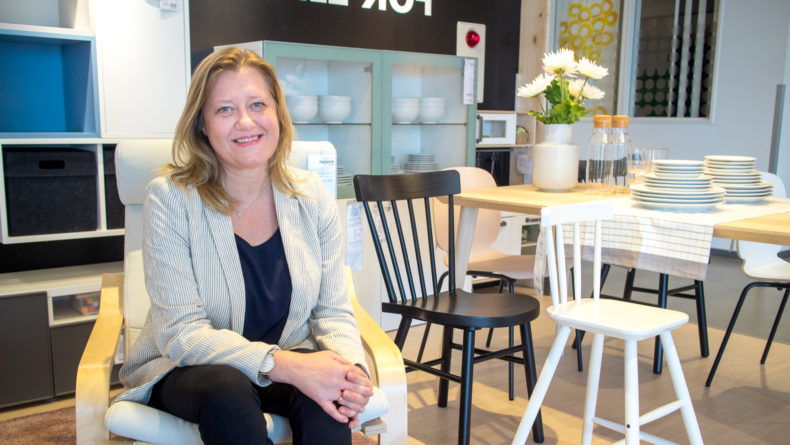
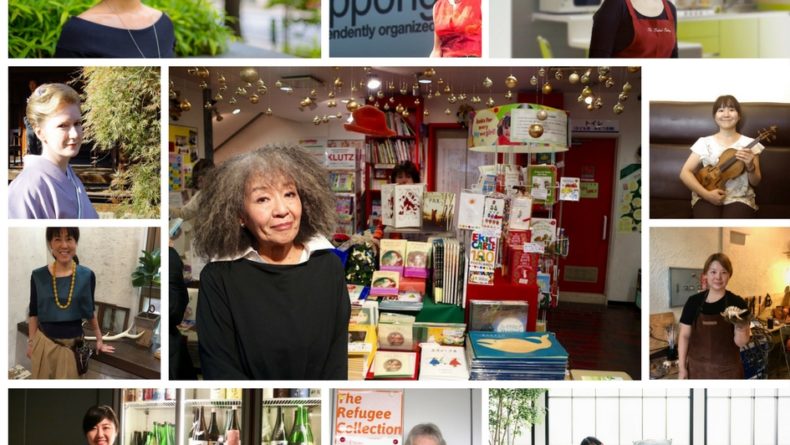
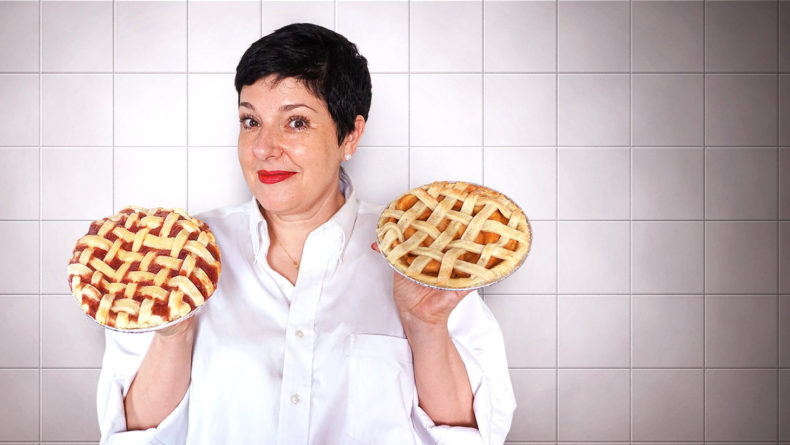
Leave a Reply